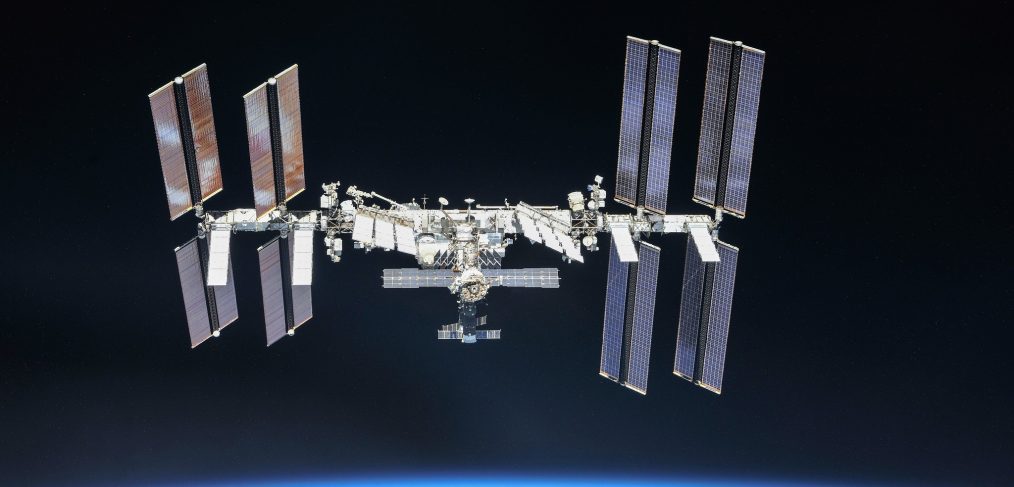
60 years of human spaceflight brings in tech changes and emphasis on diversity
By Elizabeth Howell
If spaceflight used to be viewed as a race between the Soviet Union and the United States, the language today tilts toward imperfect diversity.
Yuri Gagarin’s Vostok-1 mission roared into space from the Baikonur Cosmodrome in what’s now Kazakhstan 60 years ago today (April 12) in 1961, ushering in a brief-yet-intense competition between the Soviets and the Americans for space supremacy that today we call the “space race.” Simply put, during an incredible decade of innovation, government-funded well-chiseled astronauts rode early rockets to Earth orbit and — for a select few — to the moon’s surface.
But framing the “space race” in those terms ignores a more nuanced reality. For example, U.S. President John F. Kennedy did call for Soviet collaboration on lunar missions before his assassination in 1963. An independent group of female test pilots who came to be known as the Mercury 13 unsuccessfully attempted to infiltrate NASA’s astronaut corps in the same decade, while female cosmonaut Valentina Tereshkova made it to space in 1963.
Article from: Space.com
Image Credit: NASA

